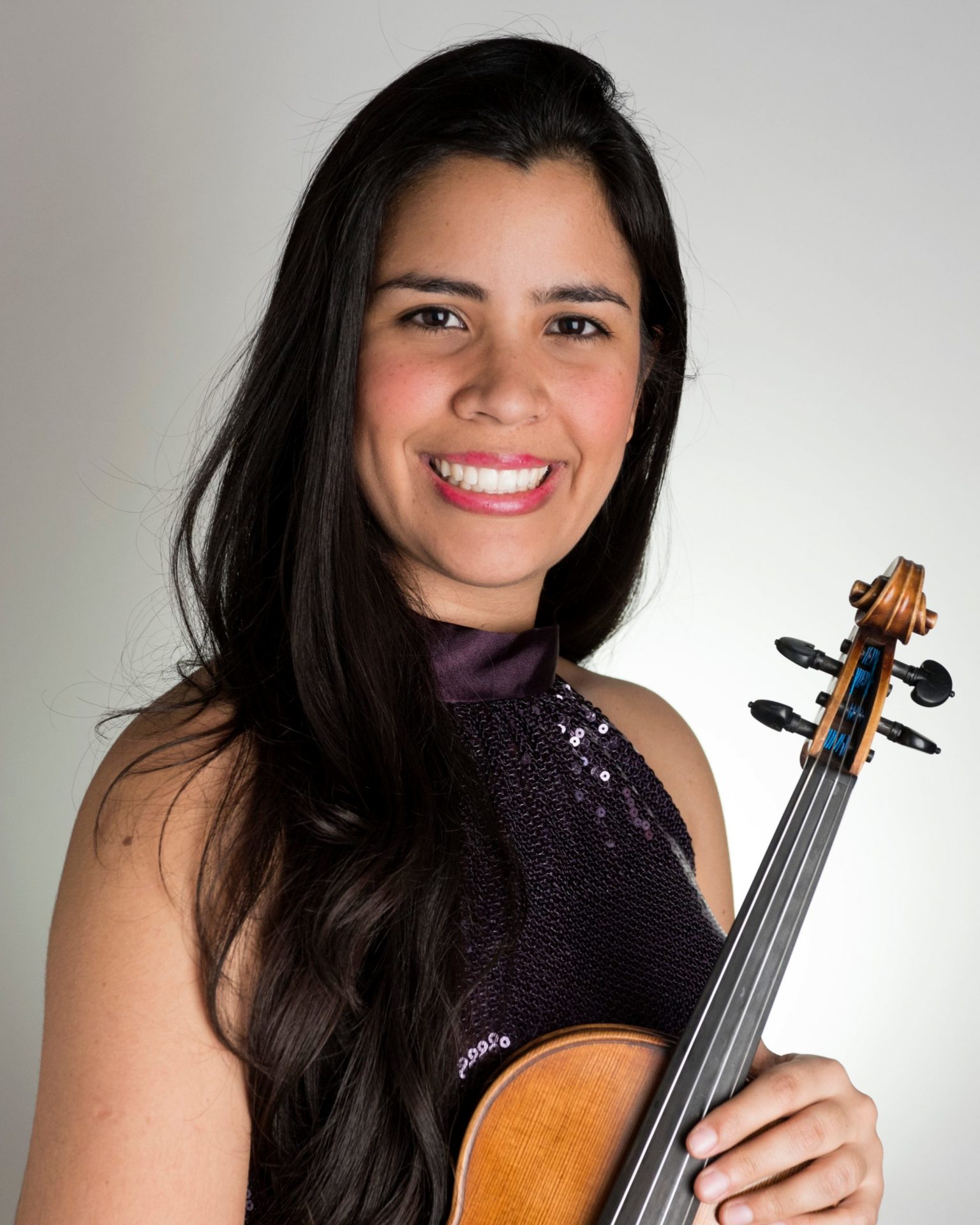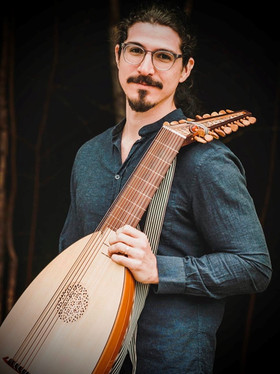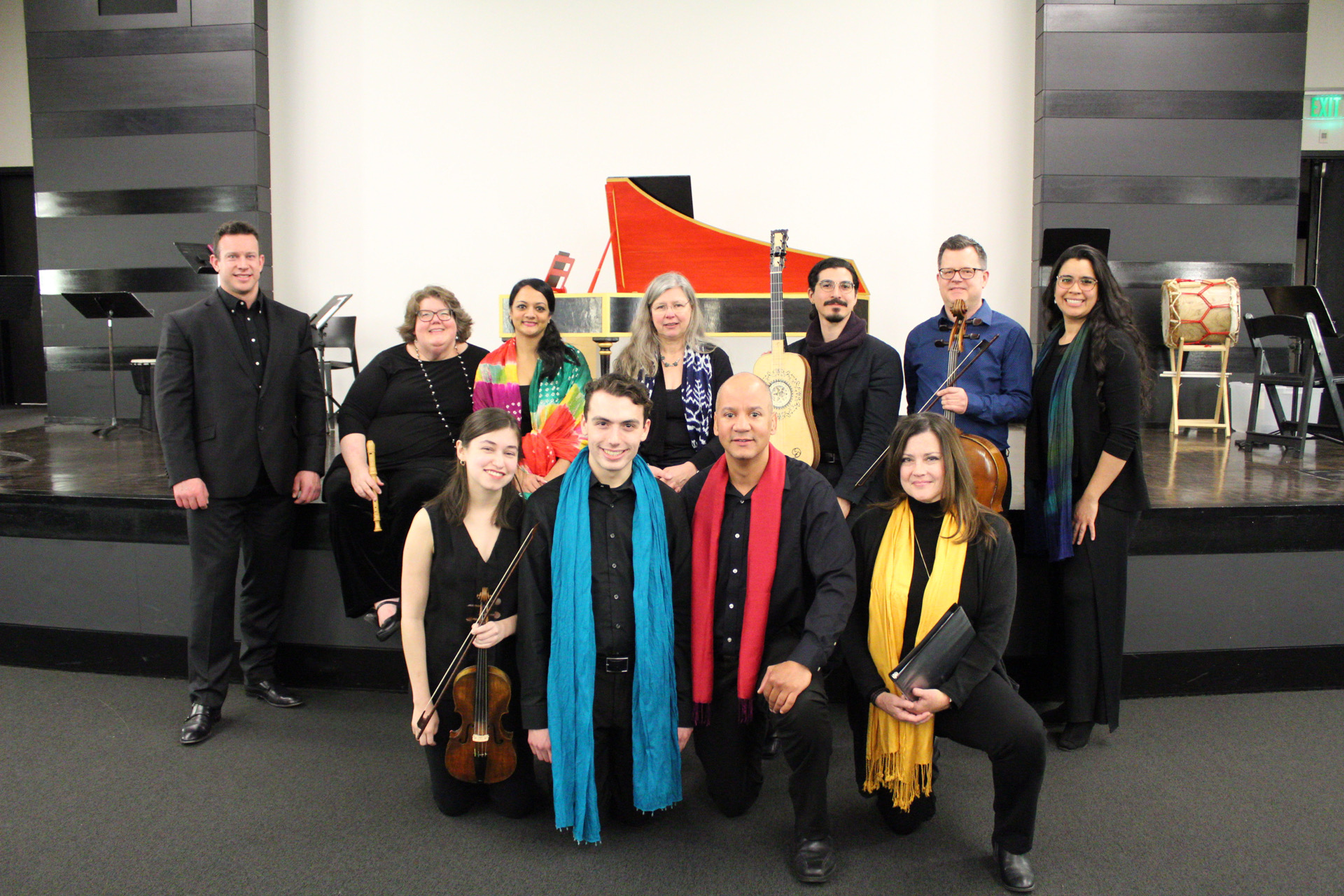At the Frist
Music City Baroque Performs the Music of Spanish Latin America
The exhibit Art and Imagination in Spanish America, 1500-1800 was curated by Ilona Katzew originally for the Los Angeles County Museum of Art and is currently on display at the Frist Museum in Nashville until January 28th. Even more impressive than the scope of the exhibit’s theme is the range of types of objects on display. There are plenty of paintings to be sure, but colorful, beautiful bowls and screens and other artifacts demonstrate the practically global range of cultural influences on the arts in all domains, and especially the everyday, made by the people living in the Americas throughout the Spanish colonial period. This variety is more than impressive, however; it’s an integral part of the exhibit’s whole post-colonial perspective. The everyday objects on display help to fill in the gaps left by a largely Spanish bias in the records and histories of its colonies in the Americas, and they do so in a direct, vivid way. It’s one thing to try and get a sense for day-to-day life during the period through the journals of Jesuit missionaries or the records of colonial bureaucracies, but it’s quite another to see these incredible objects that might just as easily have been as lost to us as the memories of the very real people who made, handled, and used them. That they’ve survived into the present is the result often of luck, sure, but also the careful, diligent work of historical preservationists over the centuries.

While overcoming colonial bias in our record of material culture is, then, obviously a challenge, it’s not one without a wealth of ways to work around. The same can hardly be said for what we can know about musicmaking during the same time. Most of what remains to us, especially in any form that can be readily performed, does so because it was written down in traditional European music notation, and probably for some type of Catholic liturgical purpose or perhaps as a part of a commercial enterprise. Even without considering the sheer volume of works that must have been notated in Spanish America during the period in question that simply have not survived at all, it’s clear that many of the specifics of contemporary performance practice will probably always remain somewhat unclear, to say nothing then of all the lost means, styles, and traditions of (especially popular and/or indigenous) musicmaking that would never have been written down or about in the first place. These are the challenges that Music City Baroque confronted in their musical analogue to the Frist’s exhibit, Music and Musicians in Spanish Latin America, last Saturday afternoon.
Despite the built-in difficulty of finding a suitable musical equivalent to something like household pottery for all the reasons outlined above and more, Music City Baroque President Mareike Sattler and Artistic Director Maria Romero Ramos nevertheless managed to provide an interesting if all-too brief glimpse into the musical life of the time. For example, the program’s opening piece was a Marian hymn in the Quechuan language by the Franciscan parish priest living in Lima, Peru, Juan Pérez Bocanegra, which, according to the program notes, represents “the first printed piece of polyphony in the Americas.”

This was followed by a setting of Beatus vir by Domenico Zipoli, a composer and Jesuit priest working in Paraguay. Zipoli’s Beauts Vir comprised the majority of the first half of the concert, and alongside the concluding trio of villancicos (a semi-liturgical, quasi-popular genre of sacred music described jokingly by Sattler as “proto praise and worship music”) saw Music City Baroque as an ensemble at their best. Guest performer and guitarist Dušan Balarin, also performed a solo fandango by the eighteenth-century Spanish composer Santiago da Murcia, whose published scores circulated in the Americas. Given the multicultural roots of fandango as a genre—with its origins in African and Spanish traditions in the Caribbean, but also as a cultural export back to Spain and the rest of Europe—da Murcia’s piece comes perhaps the closest to one of the core themes of the Frist’s art exhibit, namely that of “the generative power of Spanish America and its central position as a global crossroads.”
However, I think it’s the two instrumental pieces that followed the Zipoli Beatus vir that really allowed us to get a sense for the musicmaking of indigenous musicians during the period. Las Folias and Pastoreta Ypeche Flauta, performed here by two violins and solo recorder respectively, are anonymous, but were apparently part of a larger body of notated music recovered from a Jesuit mission, roughly a third of which was written by or for local musicians. I get the sense Music City Baroque were looking to prioritize breadth over depth of repertoire, which makes a certain amount of sense given the scope of the exhibit, but I would have liked to have heard more music from these anonymous composers.
In any case, it was during this middle portion of the concert that a minor disaster struck. It was hard to tell exactly what happened, but at some point during the performance of Las Folias, Maria Romero Ramos suddenly had to stop to retune a string or two. “That’s catgut for you,” she quipped to a laughing, forgiving audience. As she sought to get the strings back in order, the bridge (and maybe a tuning peg? Like I said, it was hard to tell from where I was seated) suddenly flew off the instrument entirely. Despite this being the kind of technical difficulty you don’t really expect to have to prepare for, Ramos was quick on her feet, and demonstrated the depth of her own professionalism and of the ensemble as a whole by pointing suddenly to Jessica Dunnavant to talk about her recorder and the upcoming Pastoreta Ypeche Flauta, which she delivered without so much as blinking as Ramos retreated offstage to see to her broken instrument (“Is there a violin in the house?” was met with more laughter).
For all my earlier talk about the Frist exhibit’s ability to evoke the everyday lives of the people of the past, Ramos’ faulty catgut strings or Dunnavant’s explanation of the expressive limitations of the period recorder she performed on served for me as interesting reminders of the limitations of thinking about this kind of exhibit/concert as some kind of virtual, imaginary “time machine.” Rather than understanding this experience as a process of transforming our understanding of the past by “traveling” to it, it’s worth remembering that these sounds and words, just like the bowls and paintings upstairs, have traveled forward in time and across wide stretches of space to us and are themselves changed in the process—an imperfect process overseen by institutions with plenty of failures of their own. Of course, catgut strings snapping or out-of-tune recorders are always a possibility in the historically-informed performance of a work by J.S. Bach or Claudio Monteverdi as well, but in the context of a concert dedicated in large part to the gaps and holes in our record of the musical past, of our ultimate inability to truly play it and hear it as it must have been, these sudden reminders of the materiality and lived-in nature of the musical traditions on display somehow felt appropriate.




